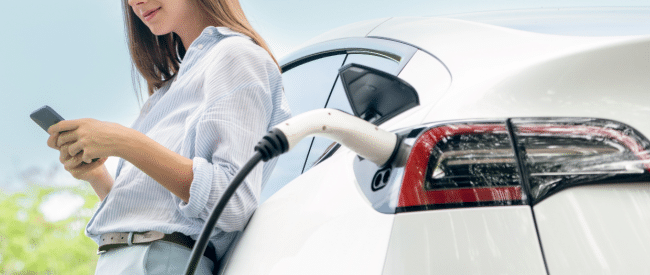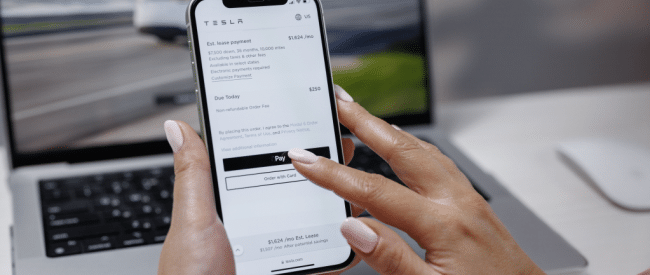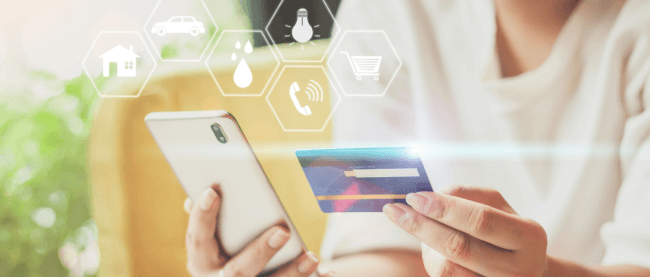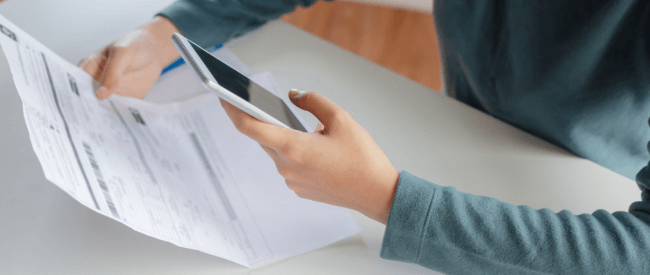The COVID-19 pandemic has underscored the need and opportunity for billers to offer consumers better electronic payment options. Mastercard, which handles tens of millions of electronic bank payments for more than 170,000 billers at U.S. banks and credit unions, is on a mission to modernize bank bill pay to make it more efficient for billers and consumers. Mastercard’s Manal Toukan, Senior Vice President for Bill Pay, explains how the Mastercard Bill Pay Exchange™ (BPX) reduces biller costs, accelerates payments and improves the customer experience.
Why is bank bill pay falling behind other digital payment options?
The bill pay experience in the U.S. is probably one of the most cumbersome and inefficient day-to-day financial processes for consumers. The process is fragmented, hard to navigate, and it’s not transparent, making it a very frustrating process for all stakeholders in the ecosystem.
- It’s hard to set up billers. It is difficult to find them and once you do, you need to enter a lot of information. If anything goes wrong in set-up, in most instances, a paper check is cut, which is bad for both billers and consumers
- Consumers can’t see all of their bills in one place and it’s a very fragmented process. Some merchants provide e-bills to the bank, but this is limited to larger companies and adoption is limited. In many cases, consumers are sitting at a desk with a variety of email bills and paper bills.
- Consumers can only pay one way – out of their bank account and they aren’t able to pay by card as you can on a biller-direct site. Payments also take several days to process and are not real-time-enabled. Billers must manage back-end processes related to insufficient funds if checks are cut and not received in time. This ultimately leads to potential service implications.
- There is no payment confirmation from the merchant after a payment is made, which is one of the key features that consumers are asking for. For billers, lack of confirmation can drive up customer servicing costs. This can be very expensive, ranging from $5 to $10 per inquiry. Payments from bank bill pay also can lack remittance information, making reconciliation a challenge.
Can you share more about Bill Pay Exchange and how you are driving innovation?
Mastercard’s Bill Pay Exchange™ is a real-time messaging network that enables enhanced, immediate communication between consumers and billers during the bank bill pay process. Mastercard has married our legacy bill pay solution and biller directory, RPPS (Remote Payment Processing Service), with real-time messaging capabilities gained through our acquisition of Vocalink to create the Mastercard Bill Pay Exchange™.
The Mastercard Bill Pay Exchange™ enhances four key features for home banking / aggregator models for bill pay:
- Enhanced Biller Set-up – BPX drives a simplified setup for consumers, allowing for real-time validation of billers. In addition, we are building our Smart Biller feature that will propose billers to consumers, as opposed to consumers having to search for specific billers each time.
- Enhanced Bill Presentment – BPX will provide billers with a new, complementary bill presentment channel to traditional biller-direct models. Consumers can view both their summary bill and bill details and billers are easily able to send reminders to consumers for payment. This provides the one-stop-shop many consumers are looking for and is more ideal for billers with increased e-bill adoption and better economics that lower overall costs.
- Payment Choice – Mastercard Bill Pay Exchange™ allows consumers to choose how they would like to pay, whether it is by their bank account or card. This solution supports multiple payment rails (ACH, RTP, card), and enables a consistent experience irrespective of choice.
- Payment confirmation – Consumers are provided real-time updates with biller confirmation numbers and billers receive a confirmation message that the payment is made, including remittance details.
How has the pandemic impacted bill pay?
We’ve seen consumer behaviors start to change dramatically over the last year – with more and more transactions moving to digital and online payments. The need for contactless, safe and secure digital solutions has increased and this is true for both retail payments and for bill payments.
More merchants have focused on accelerating their plans to support e-bill adoption and more of our customers are seeing consumers transition to electronic payments and move away from checks. There is a huge opportunity for innovation and the increased use of digital and electronic payments will likely continue to increase as consumers become more familiar and comfortable with these types of payments.
What do you expect as you look to the future of bill pay and Bill Pay Exchange?
We are very excited about the future of Mastercard Bill Pay Exchange™. Historically, the space has been very fragmented and complex, and we feel we’re creating value for the ecosystem by creating a greater degree of standardization and by leveraging our historical role as a network to enable collaboration across critical bill pay participants.
We’re seeing positive demand in the market and momentum from a variety of ecosystem players. We’re excited to partner with providers like Nordis, which sees the need for change and a place for Bill Pay Exchange to help it expand its offerings to better suit customer needs.
How can Nordis Technologies’ clients take advantage of BPX?
As a leader in offering cutting-edge communications delivery channels to clients, Nordis Technologies is one of our first BPX partners. Nordis customers can now send their bills and billing content to banks and other financial institutions, so that consumers can pay their bills in the channel of choice. This can drive down costs for billers and provide a superior experience for all.







